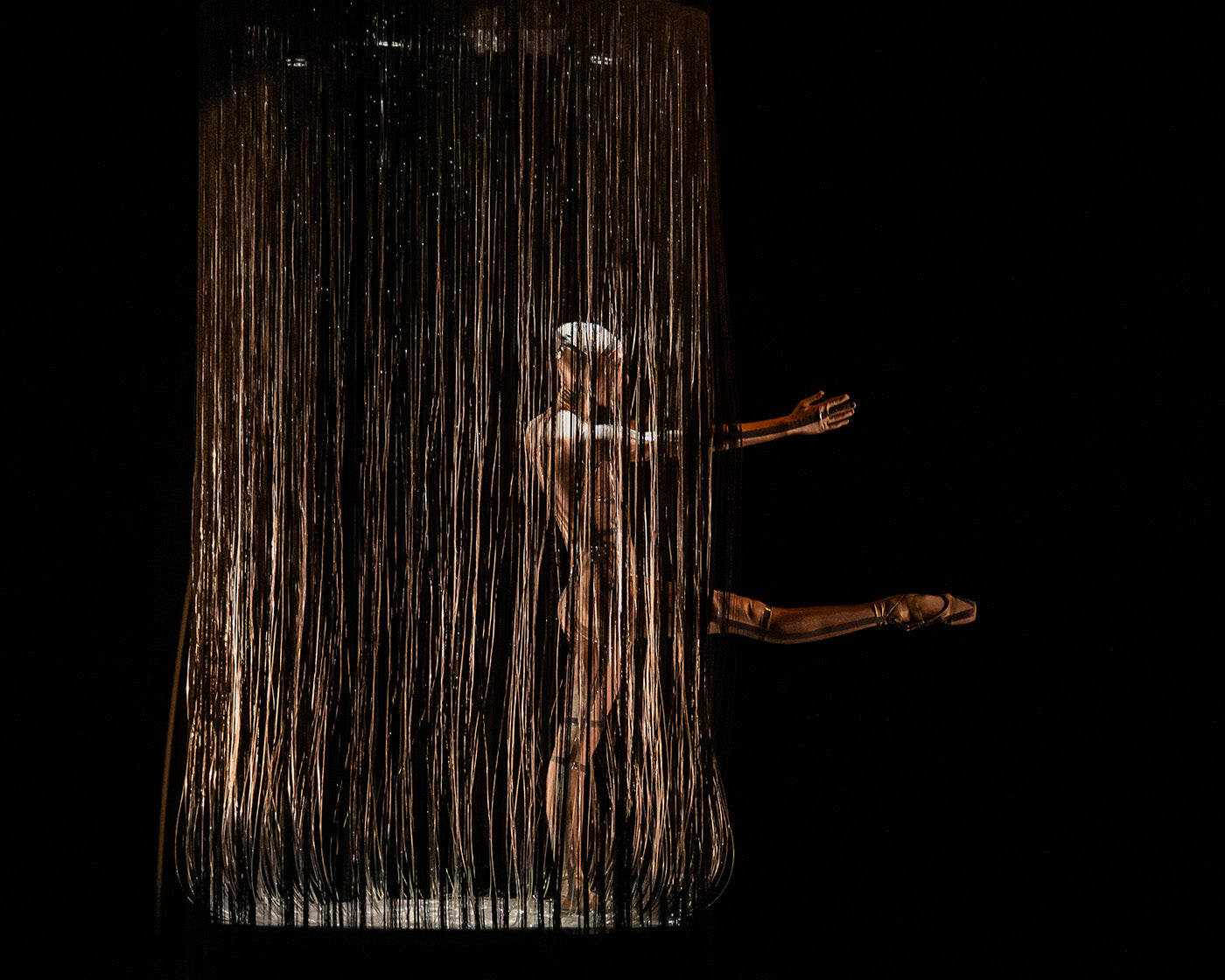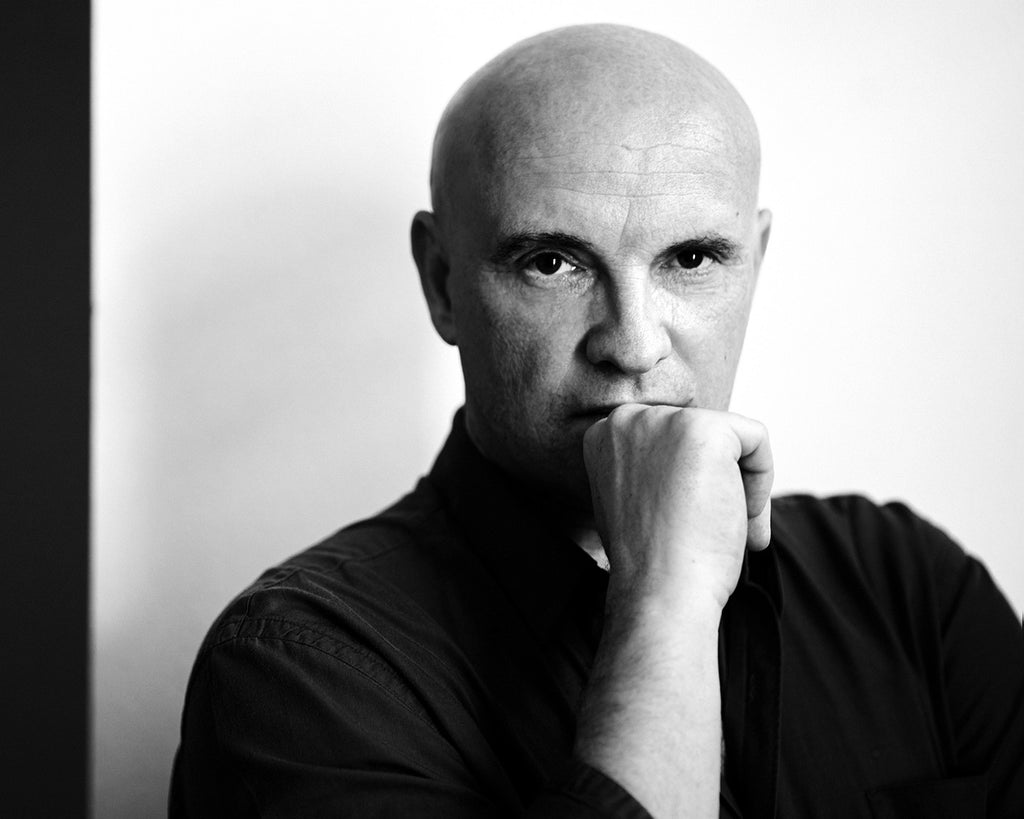Ultimate Release
Perhaps not since Mikhail Fokine’s 1905 iconic “The Dying Swan” has there been as haunting a solo dance depiction of avian death as Aakash Odedra Company’s “Songs of the Bulbul” (2024).
Continue Reading
World-class review of ballet and dance.
The son of a painter and a set designer, director and choreographer Jean-Christophe Maillot was, it seems, destined to have a life in the theater. Born and raised in Tours, in central France, in 1960, he studied dance and piano at the Conservatoire Nacional de Région de Tours before joining the Rosella Hightower International School of Dance in Cannes.
At 17, the youth won the prestigious Prix de Lausanne international dance competition before joining John Neumeier’s Hamburg Ballet. Dancing in various principal roles as a soloist for five years, Maillot suffered an injury that brought his performing career to an abrupt end. Undaunted, in 1983, he was appointed choreographer and director for the Ballet du Grand Théâtre de Tours.



“Uncommonly intelligent, substantial coverage.”
Your weekly source for world-class dance reviews, interviews, articles, and more.
Already a paid subscriber? Login

Perhaps not since Mikhail Fokine’s 1905 iconic “The Dying Swan” has there been as haunting a solo dance depiction of avian death as Aakash Odedra Company’s “Songs of the Bulbul” (2024).
Continue ReadingDance, at its best, captures nuance particularly well, allowing us to feel deeply and purely. In its wordlessness, it places a primal reliance on movement and embodied knowledge as communication all its own. It can speak directly from the body to the heart, bypassing the brain’s drive to “make sense of.”
Continue Reading“Racines”—meaning roots—stands as the counterbalance to “Giselle,” the two ballets opening the Paris Opera Ballet’s season this year.
Continue Reading“Giselle” is a ballet cut in two: day and night, the earth of peasants and vine workers set against the pale netherworld of the Wilis, spirits of young women betrayed in love. Between these two realms opens a tragic dramatic fracture—the spectacular and disheartening death of Giselle.
Continue Reading
comments